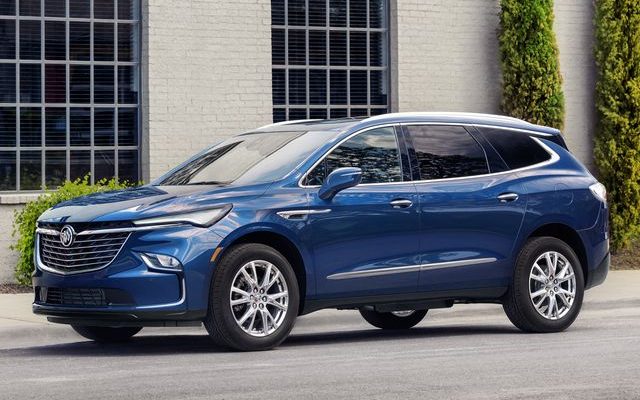What Do Car Trims Mean?

When shopping for a new car, you may come across the term ‘car trim’ or ‘trim level.’ This term can be confusing for first-time buyers and even seasoned vehicle owners. But, understanding car trims is essential when selecting the perfect automobile that suits your needs, preferences, and budget. This article will guide you through the meaning of car trims and their importance in the car-buying process.
What Are Car Trims?
Car trims, also known as trim levels or packages, refer to the different configurations and options available within a specific vehicle model. These options often include a combination of standard features and additional extras such as upgraded technology, enhanced performance, and superior comfort. It’s worth mentioning that a high trim level typically translates to higher costs.
Why Do Car Trims Matter?
Understanding the various trim levels available for a particular car model can help you make an informed decision about which vehicle suits your preferences and budget. Some benefits of comparing different trim levels include:
1. Customization: Car trims allow manufacturers to provide customers with multiple configurations that target their specific needs while maintaining the same base vehicle model.
2. Price Comparison: By comparing different trim packages, shoppers can determine which features merit additional cost during consideration.
3. Informed Decisions: It becomes possible for consumers to strike a balance between their desired features and budget constraints knowing what each trim package encompasses.
Popular Car Trim Terms
In addition to trim levels denoted by monikers such as LE, SE, EX, or Platinum, there are specific terms commonly associated with various aspects of car trims:
1. Base Model: The most basic version of a vehicle within its available range; it generally includes standard features only.
2. Option Package: A group of optional items or accessories included together for added value. For instance, a navigation package might include built-in GPS, advanced sound systems, and enhanced displays.
3. Powertrain: Refers to the engine and transmission options available for different trims. These might include turbocharged or hybrid engines, as well as automatic or manual transmission.
4. Premium: This term often implies luxury trim levels, which include high-quality materials, advanced technology, and additional convenience features.
Selecting the Right Trim
When choosing the perfect car trim, consider the following factors:
1. Evaluate your needs and preferences: Determine which features are essential for you, such as fuel efficiency, comfort, connectivity, or safety features.
2. Assess your budget: Based on your financial constraints, decide which trim levels fall within your price range.
3. Research Trim Levels: Compare various trims available to understand better what each offers and its associated cost implications.
4. Test Drive: Test driving different trims is a practical way to gauge how various features perform and feel in real-life situations.
In conclusion, car trims act as an essential aspect of the vehicle selection process that caters to consumers’ diverse needs and budgets. By understanding trim levels and making informed decisions, you can ensure you choose the right car for a tailored driving experience.






